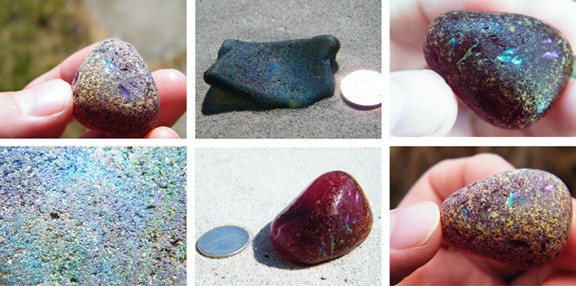 If anyone can help with Clyde’s questions, I would appreciate it. Clyde found my post Benicia Iridescence and Patina on Bottles – Not a Sick Bottle and tracked me down on PRG. Thanks!
If anyone can help with Clyde’s questions, I would appreciate it. Clyde found my post Benicia Iridescence and Patina on Bottles – Not a Sick Bottle and tracked me down on PRG. Thanks!
Hello,
I am a collector of sea glass. I have three questions about “benicia iridescence”. It would be greatly appreciated if you could help me find the answers or lead me in the right direction in finding them.
What ingredients in the glass help to create this type of patina, and what earth or water conditions must the glass be put in to earn this patina?
Approximately how long does it take for glass to acquire this type of patina in the right conditions?
Are there any other names for this type of naturally occurring iridescent patina glass?
I have attached a couple photos of pieces of sea glass which has this “benicia iridescence” even though they have been worn by the sea. Perhaps they obtained this patina after, and not during active tumbling in the ocean…if you have any thoughts on this matter it would be of great use to me.
All the best, Clyde S., Canada



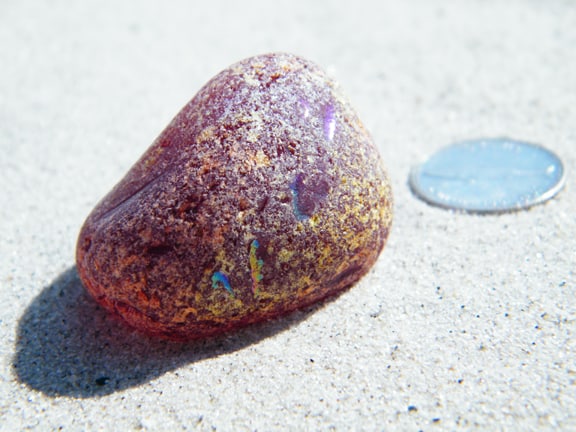
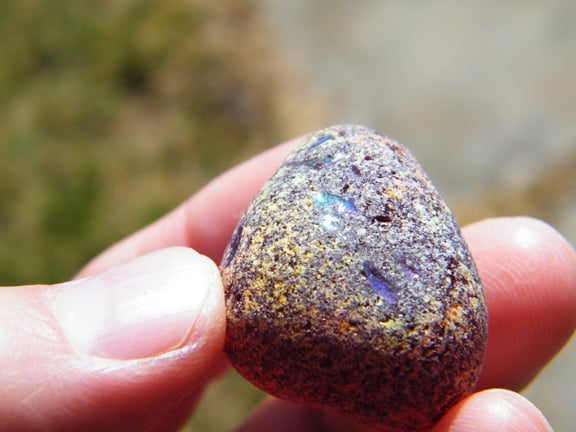
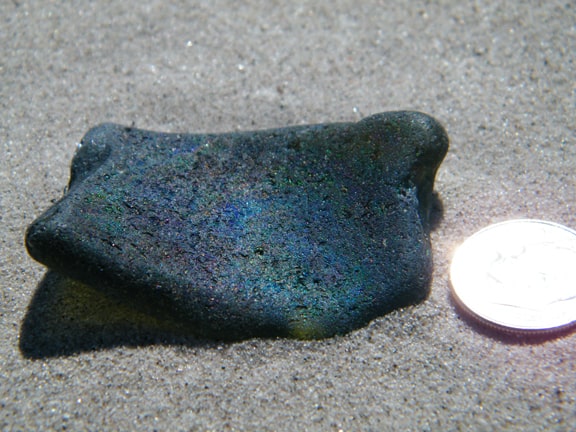
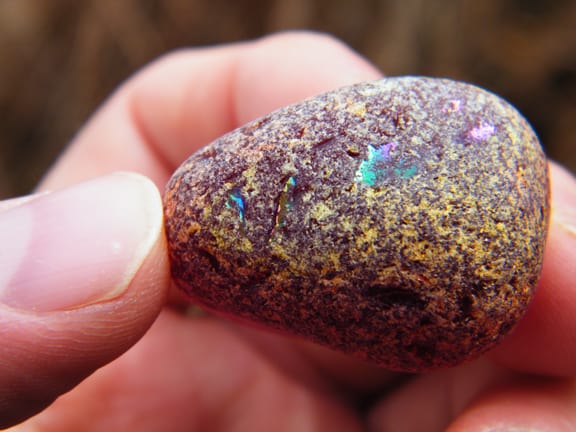
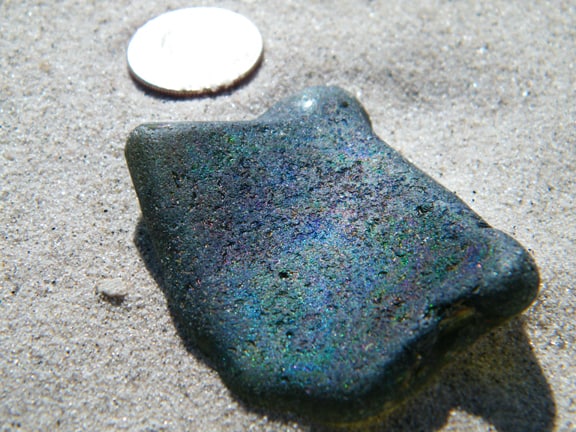
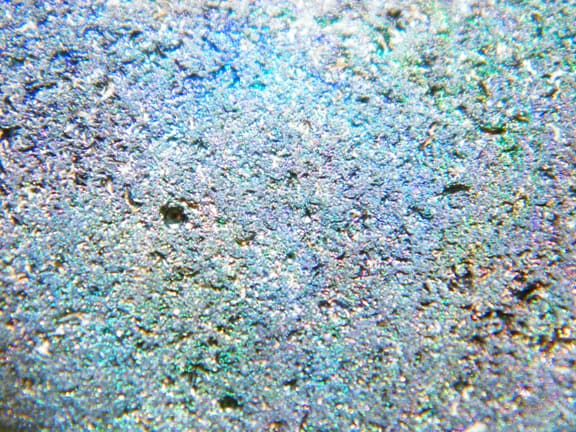
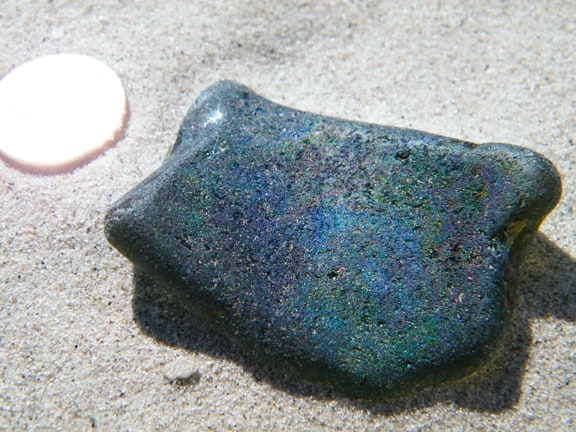
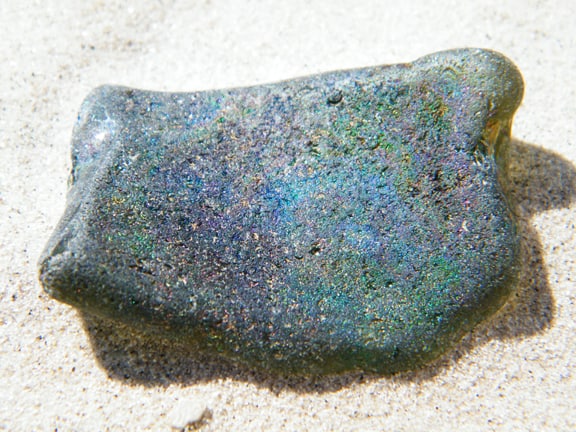







Clyde,
As far as I know I’m aware of two different types of irridescence forming on glass vessels. A white powderly, flaky condition occurs on the surface of glass after it has been buried in the soil for quite some time, the harsh chemicals in the dirt interact with the glass surface causing an etching as well as the rainbow effect.
The glass bottles out West that have been submerged in the mudlands of parts of the San Francisco Bay are usually attributed to the toxic chemicals that have made their way into the waterways a century ago or better.
Ferd,
It has long been my understanding that the “Benecia Effect” was caused in part by the tannic acid released into the bay from two tanneries located there. Large amounts of Tanbark Oak bark was used in tanning and coloring leather. Excess tannin laded water was emptied directly out into the water behind the tanneries. This effluent was moved around the bay by tidal actions and eventually settled into the bay mud. The bay was also a dumping ground. A little bit of everything was deposited into the water, including many thousands of bottles. As the bottles sank beneath the mud the acidic conditions over time effected the glass, causing it to become nicely pearlescent with adhered properties from association with the foul environment. Chemistry is not my forte, but the possibility of the salt water reacting with the tannins also contributed to this condition.
I have seen bottles that sat in other parts of the SF Bay environment that had no such iridescence and were only very slightly hazed from moving about with the tides. We kayak out there at moderately low tides and find bottles and other artifacts that become exposed. The mud changes with tides and storms, exposing “new” glass and local Native American artifacts. You seldom see the same things when making
repeated trips out to a single location. I hope this offers some insight into the cause and effect of “Benicia” bottles.
Michael Dolcini
From Rick DeMarsh…
http://www.ic.arizona.edu/ic/mse257/class_notes/iridescence.pdf
From David J. Bruce on facebook…
On the question of other names “Opalescence” is pretty commonly used here in Australia to describe that kind of effect.